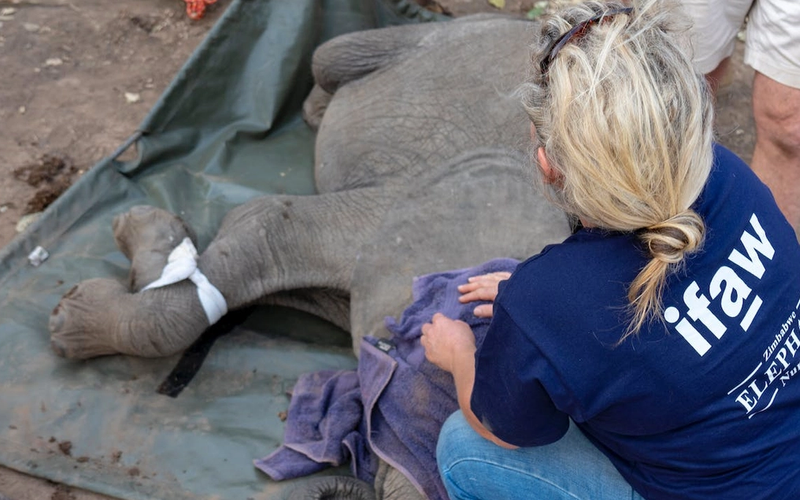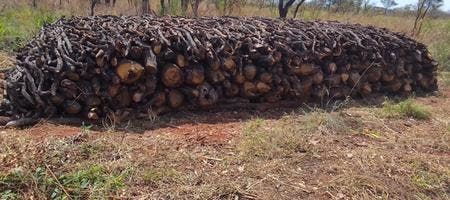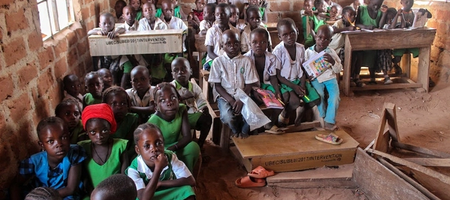The illegal ivory trade along the Democratic Republic of Congo (DRC) and Uganda border has become a significant threat to East Africa's dwindling elephant population. Despite concerted efforts by both countries to curb this trade, the black market flourishes, driven by middlemen who buy ivory from poachers in the DRC and transport it to Asia.
In a recent interview, a 52-year-old Congolese woman, known only as Mbote, revealed the inner workings of this illicit trade. Mbote, the wife of a notorious poacher who operates in Garamba National Park, has been involved in the ivory trade for over 30 years. Many like her husband remain undeterred by the government's efforts to curb poaching, undermining the mission to protect the region's elephants.
The black markets in border towns such as Nderi, Aru, and Mahagi serve as hubs for the sale of ivory, which is then smuggled through Uganda to its final destination in Asia. These sales often take place at night, making it difficult for authorities to track and intercept the traffickers.
According to the Elephant Transportation Information System report, Uganda is a country of primary concern in the illicit ivory trade. Despite both Uganda and the DRC being signatories to the Convention on International Trade in Endangered Species of Wild Fauna and Flora (CITES), ivory trafficking persists. In 2019, Uganda Revenue Authority (URA) seized 750 pieces of ivory, which represents at least 325 elephants killed for their tusks. The World Wide Fund reports that more than 30,000 elephants are killed annually in the DRC for their ivory.
Security at the border between the two countries has been a major challenge. An anonymous police officer in charge of one of the border points attributes the problem to poor facilitation for patrols. He claims that a lack of resources and the sheer number of unmanned routes make it difficult to monitor and control the illegal trade.
The Uganda Wildlife Authority (UWA) has taken steps to combat the illegal ivory trade by establishing units at various points in the country to track and arrest traffickers. UWA Spokesperson, Bashir Hangi, asserts that these units have been effective in their mission to protect the elephant population.
The URA has faced allegations that some of its officers may be aiding illegal traders. However, Godson Mwesigye, URA Manager of Northern Uganda, has denied these claims in a recent interview.
In a bid to combat poaching, the government of the DRC has implemented measures such as offering pardons and resettlement to poachers who surrender. Paulin Tshikaya, the Director of Parks and Reserves for the DRC, has issued warnings to poachers who have illegally obtained guns for their illicit activities.
The situation remains dire, as over 600 unmanned routes between West Nile and the DRC continue to facilitate the illegal ivory trade. With the demand for ivory remaining high and the challenges facing authorities on both sides of the border, the fight to save Africa's elephants is far from over.
*A story by Dibaba John *





